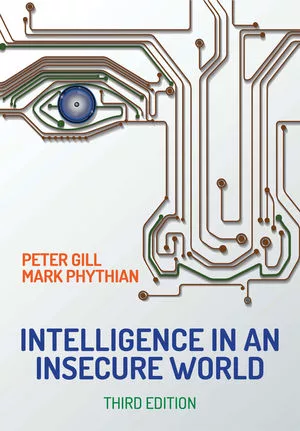1 in 3 Consumer Credit Cards Attacked by Fraudsters
Thirty percent of consumers globally have experienced card fraud in the past five years, according to a new study by ACI Worldwide and Aite Group. The global fraud study of more than 6,000 consumers across 20 countries revealed that, compared to ACI’s 2014 benchmark study, card fraud rates—unauthorized activity on three types of payment cards (debit, credit and prepaid)—is on the rise worldwide. 14 out of the 17 countries surveyed both years reported an increase in card fraud between 2014 and 2016. Risky behaviors, such as leaving a smartphone unlocked when not in use, have a direct correlation to fraud—and the overall risk for fraud is rising due to the global increase in smartphone and tablet usage.
In 2016, Mexico, Brazil and U.S. top list of countries experiencing most card fraud
- In 2016, Mexico leads the way at 56 percent, followed by Brazil at 49 percent and the U.S. at 47 percent. In 2014, the U.A.E, China, India and the U.S. topped the list
- The U.S. is the only country to remain on the top three list both years, due in part to being a laggard in the roll-out of EMV chip cards, with skimming and data breaches continuing to be security challenges
- 54 percent of consumers globally exhibit at least one risky behavior—such as keeping a PIN with the card—which puts them at higher risk of financial fraud, compared to 50 percent in 2014
- Consumers in Brazil exhibit the riskiest behaviors among countries in the Americas: 27 percent of consumers leave their smartphones unlocked when not in use, compared with 29 percent in Spain and 36 percent in Thailand
- European countries experience less card fraud than countries in the Americas, due to earlier adoption of EMV and other security advancements
“Card fraud rates are on the rise in the majority of countries included in the survey,” said Ben Knieff, senior research analyst, Aite Group. “The data shows that consumer education and customer service remain a challenge for financial institutions globally, as risky behavior has a direct correlation to experiencing fraud.”
With 2,260 confirmed data breaches in 2015 alone, security remains top-of-mind within the financial services industry and among consumers. Despite the adoption of fraud analytics solutions by financial institutions and merchants—along with EMV in most countries, including in the U.S.—card fraud rates are on the rise in many parts of the world.
“This study confirms that card fraud remains an issue of deep concern for consumers around the globe,” said Andreas Suma, vice president and global lead, fraud and data, ACI Worldwide. “It’s no surprise that there is a direct correlation between fraud and lower consumer trust and card loyalty, including a primary contributor toward ‘back of wallet’ behavior. And as this data illustrates, it’s more critical than ever for financial institutions to implement and actively maintain effective fraud prevention solutions that address fraud, security and customer experience needs.”
Consumer trust is improving, but loyalty continues to lag
- 40 percent of consumers who received replacement cards as a result of a data breach or fraudulent activity use their replacement card less than they used their original card, resulting in lost interchange and interest revenue from decreased usage. This ‘back of wallet’ behavior is especially prevalent in Asia-Pacific countries: 69 percent of consumers in Indonesia opt to use cash or an alternative payment method over credit or debit card following the card fraud incident
- 14 percent of consumers globally lack confidence that their financial institution can protect them against fraud, an improvement from nearly 20 percent in 2014
- 1 out of every 5 consumers changed financial institutions due to dissatisfaction after experiencing fraud
- 17 percent of debit and credit card holders cite having experienced fraud multiple times during the past five years, compared to 13 percent in 2014
Looking for a reprint of this article?
From high-res PDFs to custom plaques, order your copy today!





